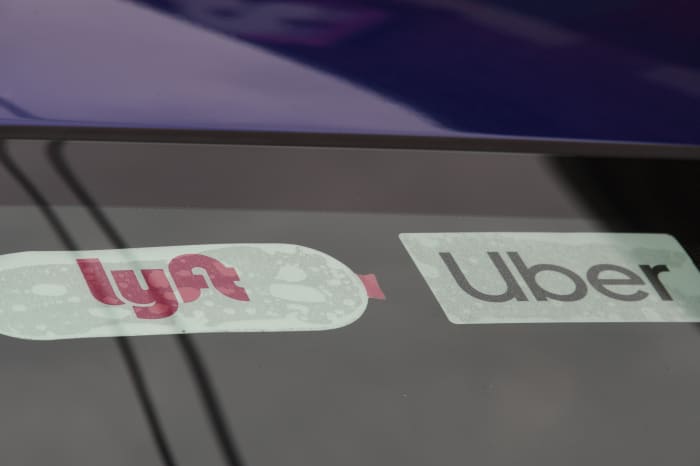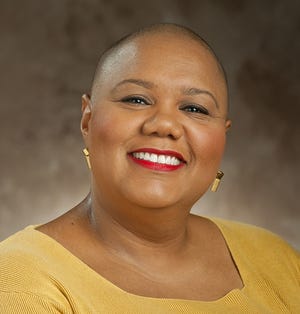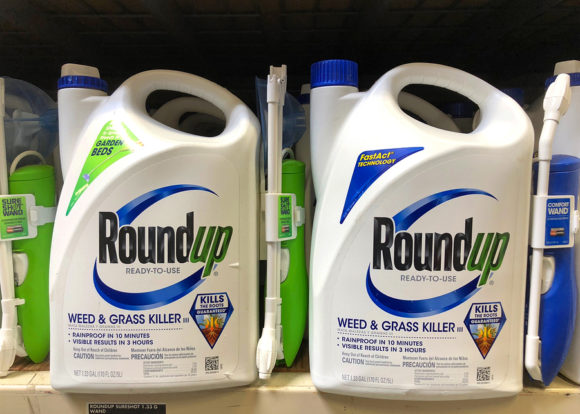Electric vehicle (EV) giant Tesla held its ‘AI Day’ on Thursday evening and revealed its new ‘Tesla Bot’ in the form of an artificially intelligent humanoid robot
By Liv McMahon
Friday, 20th August 2021, 3:19 pm
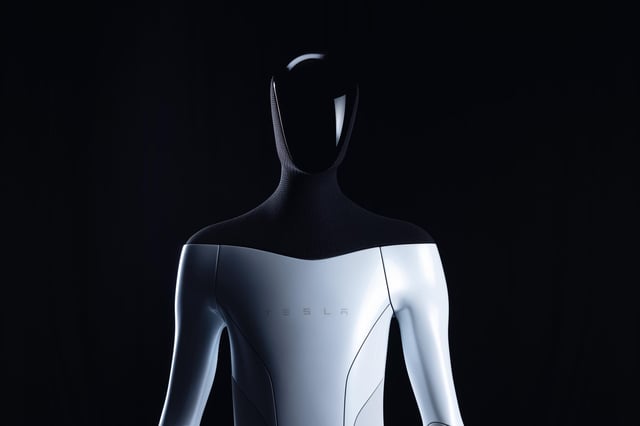
On Thursday 19 August, electric vehicle producer Tesla outlined its next steps in its artificial intelligence (AI) strategy in a live streamed ‘AI Day’ with founder Elon Musk giving an overview of AI products beyond its fleet of vehicles.
Tesla Bot was one of the futuristic creations revealed by Musk, with the 5ft 8in humanoid robot stealing the show at Tesla AI Day 2021.
CANADIAN BORN SOUTH AFRICAN RAISED MUSK
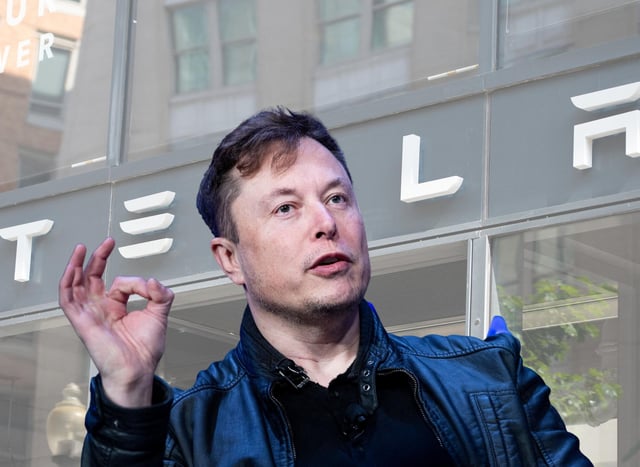
The huge event popular with investors and fans of controversial crypto guru Musk came as the US government announced it would be investigating Tesla and 765,000 EVs made since 2014 following growing numbers of crashes involving the company’s vehicles.
Key to the investigation will be the role played by Tesla’s ‘autopilot’ driver mode in crashes, some of which involved parked emergency response vehicles, across the US.
News of the National Highway Traffic Safety Administration’s probe into the entire Tesla model range saw Tesla stock drop from $717.17 (£521.52) on Friday 13 August to $665.71 (£484.10) on Tuesday 17 August.
Tesla’s share price on Friday following the AI event and reveal of the Tesla Bot was still down by 15.52 points (2.25%) as of 7.30am.
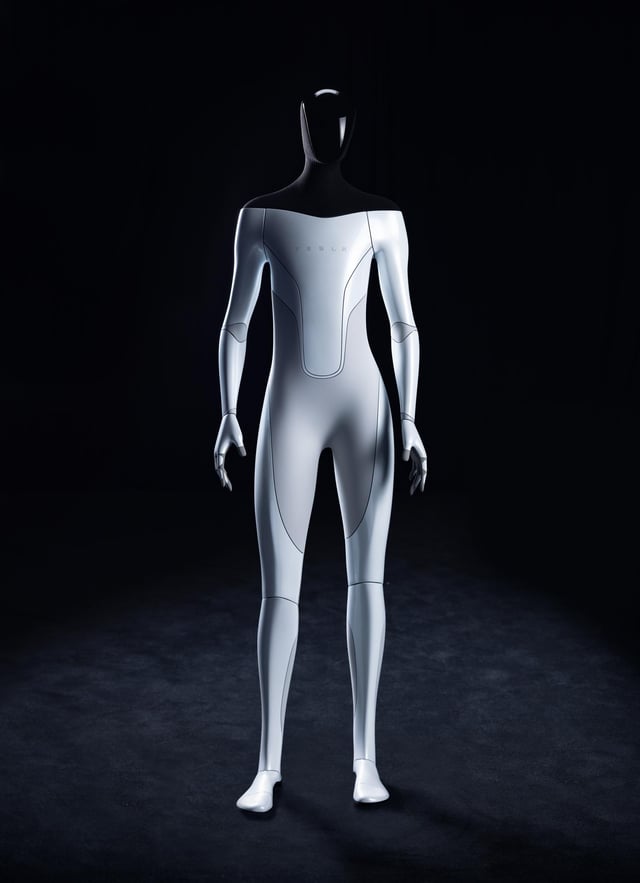
Here’s what you need to know about Tesla Bot and the biggest headlines from Tesla AI Day 2021.
What is the Tesla Bot?
Musk revealed the slick new Tesla robot at the company’s AI event as “what’s next for AI beyond our vehicle fleet”.
The 5ft 8in lifelike model designed to ‘eliminate dangerous, repetitive, boring tasks’ weighs approximately 125lbs, can deadlift 150lbs, or roughly 68 kilograms, and has a carry capacity of 45lbs.
Made from lightweight materials, the bot has axis feet to provide more fluid movement and balance, human-level hands, a facial screen for information and is packed with 40 electromechanical actuators converting electrical battery energy to mechanical energy.
Musk added that the company was designing the Tesla Bot to be “friendly” but also easy to “run away from” with a likely movement speed of around five miles per hour.
He said: “Basically, if you think about what we’re doing right now with cars, Tesla is arguably the world’s biggest robotics company because our cars are like semi-sentient robots on wheels.
“With the Full Self-Driving computer and Dojo and all the neural nets recognising the world, understanding how to navigate through the world, it kind of makes sense to put that on to a humanoid form.”
The bot will be built by humans to “navigate through a world built for humans,” he added.
When is Tesla Bot being released?
Musk was fairly vague on the release of the Tesla Bot prototype.
“We think we'll probably have a prototype sometime next year,” Musk said at Tesla AI Day on Thursday.
This would mean the debut of the Tesla Bot in 2022.
But the founder is known for his less accurate timing for Tesla product releases.
Speaking at Tesla’s Autonomy Day in 2019, Musk admitted after pledging to have Tesla robotaxis on US roads by 2020 that a “fair” criticism of the founder was that “sometimes I’m not on time.”
What was Tesla AI Day?
According to a tweet from Elon Musk, “convincing the best AI talent to join Tesla is the sole goal” of AI Day 2021.
The event was designed to highlight the company’s forays into more artificially intelligent (AI) technology and software to improve its hardware and systems currently under scrutiny like Autopilot.
The AI sector seeks to advance intelligent computer systems which can either perform single tasks according to a single objective or, in a more general ideal scenario, act and make decisions independently from human control.
‘Autonomy Day’ was first held by Tesla in 2019 as an investor relations event which saw Musk signal the arrival of Tesla ‘robotaxis’ on roads in the US in 2020, but these have not materialised yet.
Robotaxis would let Tesla vehicle owners identify times and days for their vehicle to be hired by a passenger as an automated taxi service, with the vehicle driving and delivering passengers independently without a human driver.
What else did Musk announce at Tesla AI Day?
The company’s major AI event also saw the reveal of Tesla’s much-awaited computer chip which will be used to train the company’s Dojo supercomputer, also revealed in more detail on Thursday.
The D1 chip created in-house by Tesla’s existing AI team of developers and engineers was described by Tesla director Ganesh Venkataramanan as “state of the art” and will allow the company to work with its own proprietary hardware.
This will see Tesla become less reliant on other chip providers and avoid the current strains of chip shortages and delays in global supply chains.
Musk also revealed that the company’s plans for their Full Self Driving (FSD) system built on the company’s Dojo supercomputer will not be limited to Tesla vehicles alone.
While later confirming that Tesla software and hardware is unlikely to become open source at any point, Musk spoke of encouraging other vehicle producers to license Tesla software and run it in alternative EVs.
The Dojo supercomputer is said to improve Tesla’s existing FSD software accuracy by processing “truly vast amounts of video data” thanks to its neural network, according to Musk.
Neural networks describe the process of layering algorithms in deep learning systems to replicate the structure of the human brain, teaching machinery to learn from experience as we do.
The company’s AI director, Andrej Karparthy, said that Tesla’s growing neural network proficiency will see computer vision issues reported in the controversial Autopilot system resolved.
The "Tesla Bot" is a natural step because the company's vehicles are "like semi-sentient robots on wheels," the CEO said.
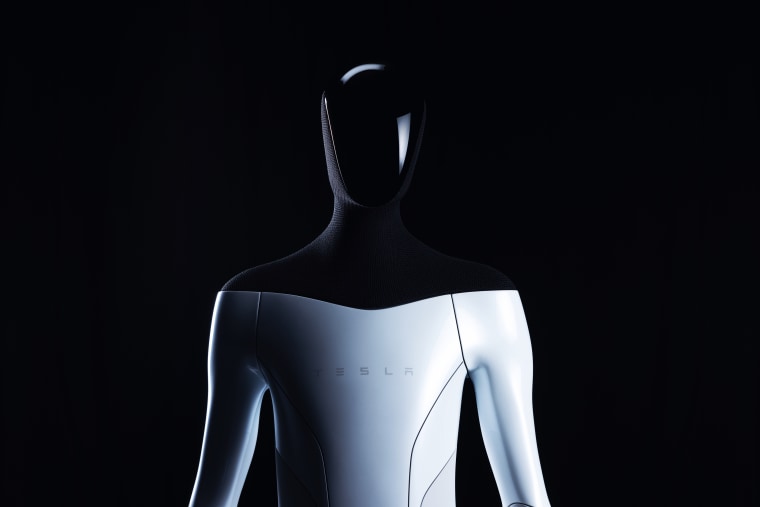
Aug. 20, 2021,
By Antonio Planas
Tesla CEO Elon Musk said the company expects to build a humanoid robot with artificial intelligence next year that would complete simple physical tasks most workers detest.
Musk unveiled the concept for the “Tesla Bot” Thursday during its “AI Day,” which the company streamed on its website.
Musk said the bipedal gadget is meant to “navigate through a world built for humans.”
“Tesla is arguably the world’s biggest robotics company because our cars are like semi-sentient robots on wheels,” Musk said. “In the future, physical work will be a choice. If you want to do it, you can. But you won’t need to do it.”
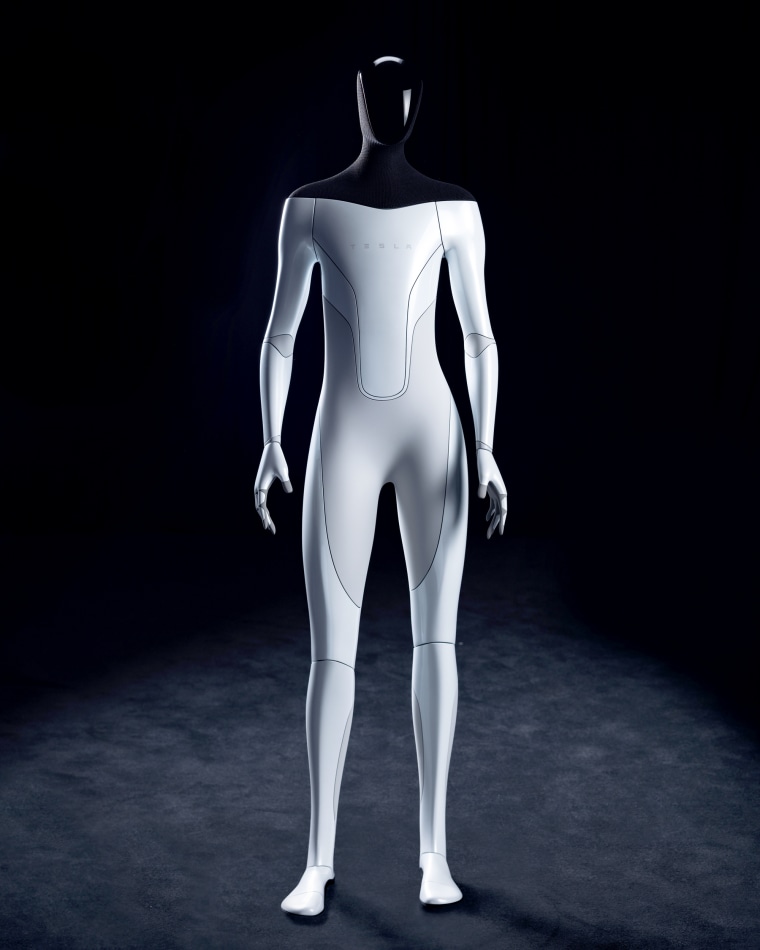
The event was used to recruit workers, and a video promoting the robot was tweeted by Tesla, encouraging viewers to join the company “to build the future of AI.”
While speaking Thursday, Musk said he envisions the robot performing “dangerous, repetitive and boring tasks.”
“It needs to be able to do things that people do,” he said. “It needs to be able to work with tools, carry a bag, that kind of thing.”
Musk said the robot will utilize much of the same technology used in its autonomous vehicles.
A rendering of the robot listed its dimensions as standing 5-feet-8 and weighing 125 pounds. The life-like gizmo also would be able to deadlift 150 pounds and carry up to 45 pounds, the company said.
Musk said he imagined the robot would fill a niche in the labor market, but it would also help people with their daily routines, like carrying groceries.
“What we’re trying to do here at Tesla is make useful AI that people love,” he said.
The robot would be friendly, Musk said.
But with a speed topping out at 5 mph, Musk quipped, most people could “run away from it. … And most likely overpower it.”
Despite Musk saying the robot will use similar technology found in Tesla vehicles, it’s that technology and its reliability that has drawn attention from the government.
The National Highway Traffic Safety Administration announced earlier this month it is investigating Tesla’s Autopilot partially automated system. Teslas struggle spotting parked emergency vehicles, federal officials contend.
The agency says it has identified 11 crashes since 2018 in which Teslas on autopilot or "traffic aware cruise control" have hit vehicles with flashing lights, flares, an illuminated arrow board or cones warning of hazards.
The investigation covers the Models Y, X, S and 3 from the 2014 through 2021 model years.
Autopilot has frequently been misused by Tesla drivers, who have been caught driving drunk or even riding in the back seat while a car rolled down a California freeway.
The agency has sent investigative teams to 31 crashes involving partially automated driver assist systems since June 2016. Such systems can keep a vehicle centered in its lane and a safe distance from vehicles in front of it. Of those crashes, 25 involved Tesla Autopilot in which 10 deaths were reported, according to data released by the agency.
Despite crashes, Tesla last month reported more than $1 billion in net income, which was 10 times more than the same time last year. Vehicle sales also almost doubled during a three-month span that ended in June, according to a quarterly report.
Tesla’s success has helped catapult Musk to the richest man in the world. At the beginning of the year, Musk’s fortune reportedly grew to $188.5 billion. Musk was worth $1.5 billion more than Amazon founder Jeff Bezos, according to the Bloomberg Billionaires Index.
ELON MUSK SAYS YOU’LL “MOST LIKELY” BE ABLE TO BEAT HIS TESLA BOT IN A FIGHT
TRUST ME, IT'S ON SIGHT.
BattleBots
On Thursday night, in typical fashion, Elon Musk announced vague plans to develop and release a humanoid robot called the “Tesla bot […] sometime next year.”
We’ve already covered the announcement and how Musk has a horrible track record of overpromising and underdelivering — remember when the underground Loop was supposed to be the superhighway of the future instead of a bumpy taxi ride in a single-lane tunnel? But Insider points out some crucial context about the robot that may or may not someday exist: Notorious AI fearmonger Elon Musk says it’ll be designed to be a true lightweight that most people should be able to either defeat in battle — or escape
Grudge Match
What Musk actually unveiled at Thursday’s “AI Day” event was, uh, interesting. The Tesla Bot doesn’t exist yet, so he instead dressed up some poor, probably-starving actor dancing around in a unitard.
It’s hard to imagine anyone watching the announcement thinking “uh oh, that guy could beat me in a fight,” but Musk still reassured the crowd that the real robot would be a diminutive 125 pounds, five-foot-eight, and travel at a max speed of five miles per hour.
“We’re setting it such that it is at a mechanical level, at a physical level, you can run away from it and most likely overpower it,” Musk said at the event.
“Hopefully that doesn’t ever happen,” he added. “But you never know.”
Of course, since Musk says the robot would operate on Tesla’s Autopilot AI algorithms, it’s more likely to crash into a wall or randomly stop short while chasing someone down anyway.
READ MORE: Elon Musk says you will probably be able to overpower Tesla’s 125-pound humanoid robot [Insider]
More on the Tesla bot: Elon Musk Just Announced a Humanoid “Tesla Bot”

